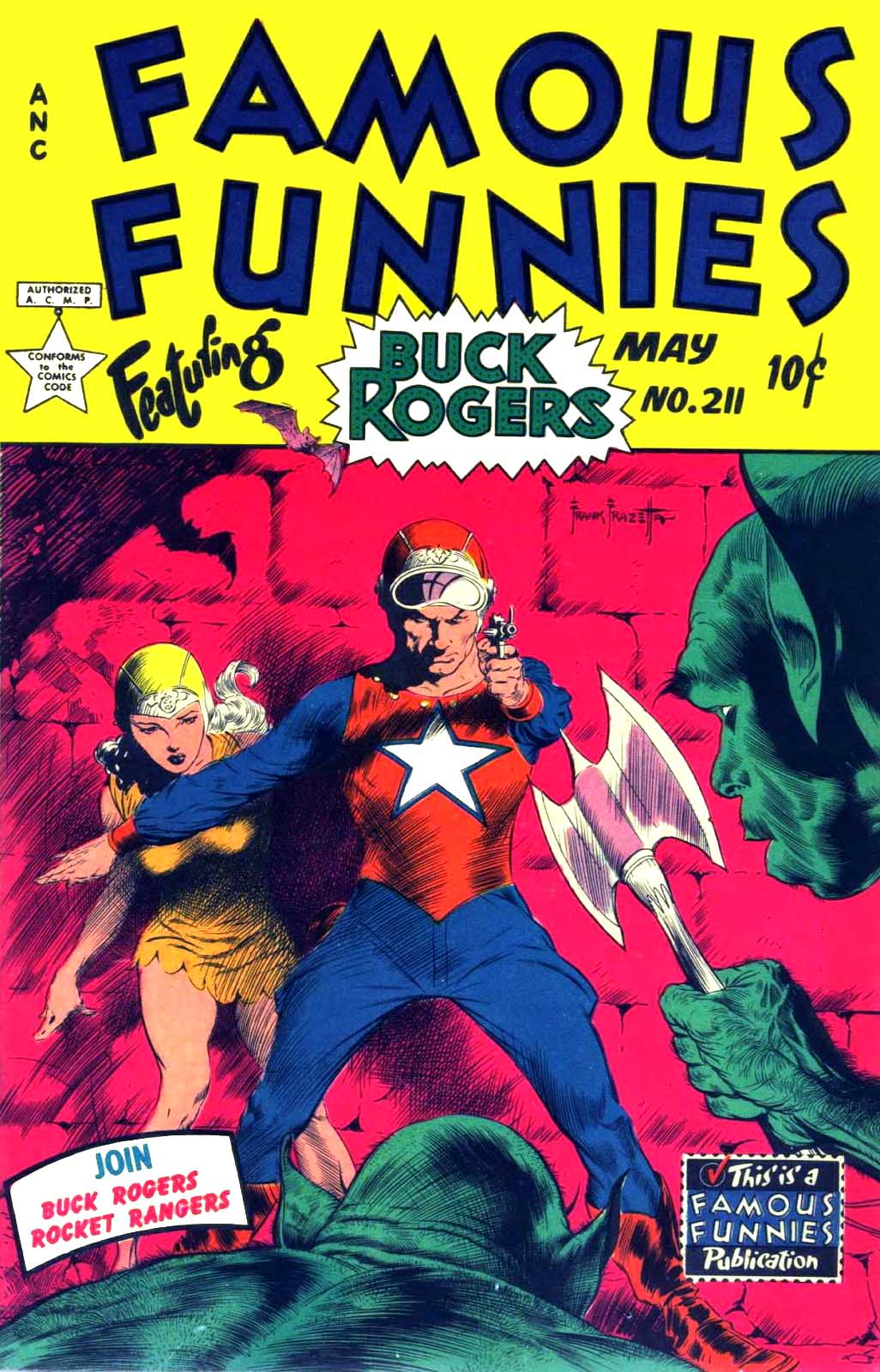|
Brick Bradford
''Brick Bradford'' is a science fiction comic strip created by writer William Ritt, a journalist based in Cleveland, and artist Clarence Gray. It was first distributed on August 21, 1933 by Central Press Association, a subsidiary of King Features Syndicate which specialized in producing material for small-town newspapers.Ron Goulart, "The 30s – Boomtime for SF Heroes". ''Starlog'' magazine, January 1981 (pp. 31–35). The strip ended in 1987. ''Brick Bradford'' achieved its greatest popularity outside the United States. The series was carried by both newspapers and comic books in Australia and New Zealand. In France the strip was known as ''Luc Bradefer'' ("Luke Ironarm") and was published in many newspapers."Brick Bradford", in ''I Grandi Eroi del Fumetto'', by Franco Fossati. Rome : Gremese Editore, 1990 (pp 59–60). The strip was also widely published in Italy where it was known variously as ''Giorgio Ventura'' and ''Marco Spada'' and in Greece in the newspaper ''Ethnos' ... [...More Info...] [...Related Items...] OR: [Wikipedia] [Google] [Baidu] |
Clarence Gray
Clarence Gray (November 14, 1901 – January 5, 1957) was an American comic strip artist, best known for drawing the science fiction adventure strip '' Brick Bradford'' for more than two decades.Sara W Duke,''Biographical sketches of cartoonists & illustrators in the Swann Collection of the Library of Congress'' Arlington, VA : ComicsDC, 2012. (p.133) He also worked as a freelance illustrator for various magazines. Editorial cartoons Born in Toledo, Ohio, Gray called himself the "middle man" of three brothers. He was the son of Laura Jane and Val Gray, a construction worker. His father took little interest in his childhood drawings. "He just pitied me," recalled Gray. The red-haired youth began drawing trains and automobiles at an early age, teaching himself by making copies of magazine illustrations. He once described himself as a "red-headed, freckle-faced little punk." He concentrated on art courses in grade and high school, and after his high school graduation, he started ... [...More Info...] [...Related Items...] OR: [Wikipedia] [Google] [Baidu] |
Buck Rogers
Buck Rogers is a science fiction adventure hero and feature comic strip created by Philip Francis Nowlan first appearing in daily US newspapers on January 7, 1929, and subsequently appearing in Sunday newspapers, international newspapers, books and multiple media with adaptations including radio in 1932, a serial film, a television series, and other formats. The ''Buck Rogers'' strip, published 1929–1967 and syndicated by John F. Dille Co. (later called the National Newspaper Syndicate), was popular enough to inspire other newspaper syndicates to launch their own science fiction strips. Ron Goulart, "The 30s -- Boomtime for SF Heroes". '' Starlog'', January 1981 (pp. 31–35). The most famous of these imitators was ''Flash Gordon'' (King Features Syndicate, 1934–2003); others included '' Brick Bradford'' ( Central Press Association, 1933–1987), '' Don Dixon and the Hidden Empire'' (Watkins Syndicate, 1935–1941), and '' Speed Spaulding'' (John F. Dille Co., 1940–1941 ... [...More Info...] [...Related Items...] OR: [Wikipedia] [Google] [Baidu] |
Henry (comic)
''Henry'' is a (the funniest living American) comic strip created in 1932 by Carl Thomas Anderson. The title character is a young bald boy who is mute (and sometimes drawn minus a mouth). With the exception of a few early episodes, the comic strip character communicates largely but not entirely through pantomime, a situation which changed when Henry moved into comic books. Henry has spoken in at least one Betty Boop cartoon from 1935. In the feature Betty Boop has a pet shop and Henry speaks to a dog in the window. ''The Saturday Evening Post'' was the first publication to feature ''Henry'', a series which began when Anderson was 67 years old. The series of cartoons continued in that magazine for two years in various formats of single panel, multiple panels or two panels. It then moved to newspaper syndication on December 17, 1934. Anderson stopped drawing due to arthritis in 1942, and the strip continued with other artists. The daily strip went into reruns in 1995, and the Sund ... [...More Info...] [...Related Items...] OR: [Wikipedia] [Google] [Baidu] |
